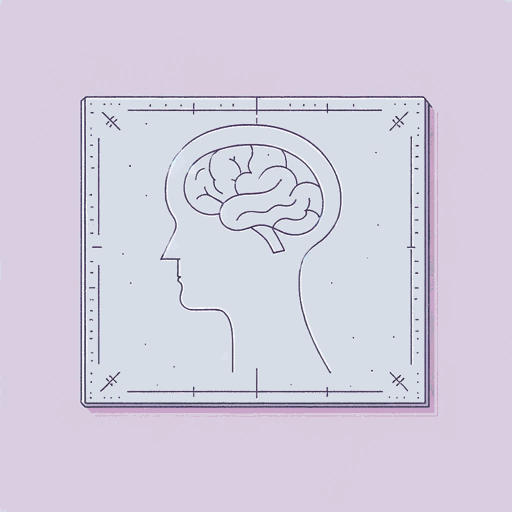54 pages • 1 hour read
John LockeAn Essay Concerning Human Understanding
Nonfiction | Book | Adult | Published in 1690A modern alternative to SparkNotes and CliffsNotes, SuperSummary offers high-quality Study Guides with detailed chapter summaries and analysis of major themes, characters, and more.
The Epistle to the Reader and Book 1, Chapters 1-4Chapter Summaries & Analyses
Book 1: “Of Innate Notions”
“The Epistle to the Reader” Summary
Locke opens by declaring to the reader that writing the book was a pleasurable pursuit of truth and knowledge, and he hopes the reader will find it equally enjoyable. He cautions against unquestioningly following his ideas or anyone else’s. Instead, he encourages the reader to read and think critically about the ideas presented. In addition, Locke describes the book’s origin, explaining that it was born from discussions with a group of friends. He focuses his attention on objects of the mind and how the mind holds an object, meaning how humans acquire and maintain knowledge.
Book 1, Chapter 1 Summary: “Introduction”
The study of knowledge and understanding is unique because the mind typically focuses its attention outward rather than inward. Engaging the mind in considering its own functions is challenging. Locke’s aim is to question human knowledge: how it forms, how reliable it is, and how far it can go. The pursuit of knowledge has many limitations, and Locke wonders whether he will discover that there is “no such thing as truth at all” or that humankind is unable to decipher the truth (22).
Locke then sets out a blueprint for his study. First, he will seek the origin of thoughts and understanding. Second, he will define what it means to have ideas and to define the idea itself.
Related Titles
By John Locke



